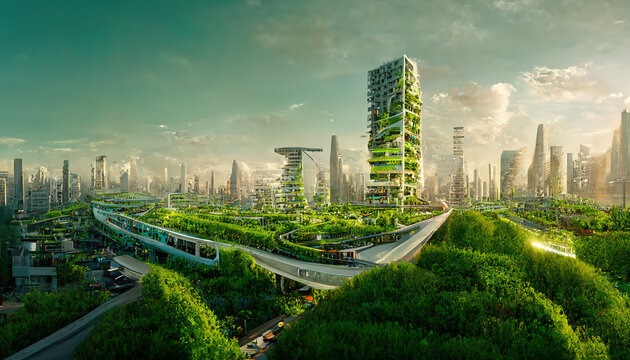

Green city
June 23, 2023
0 Comments
Explore More
Green city
•building council, green building council, GGBC, GGBC-DCS, Global green building council,


